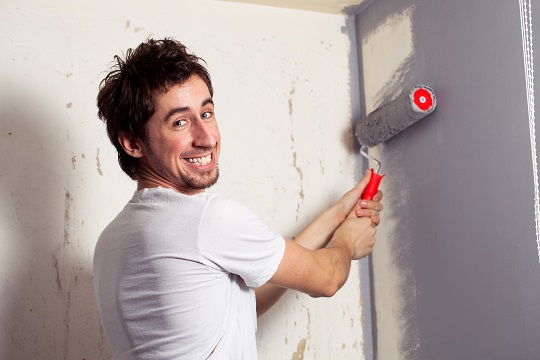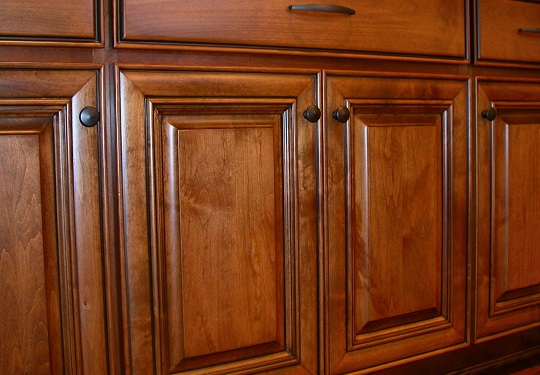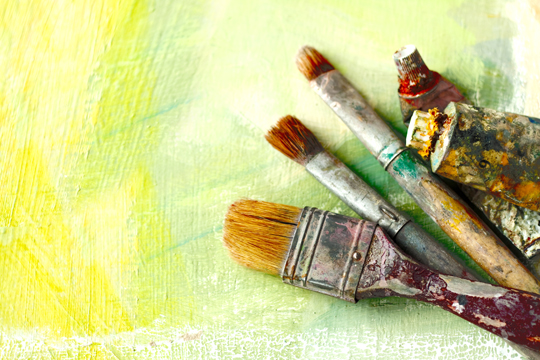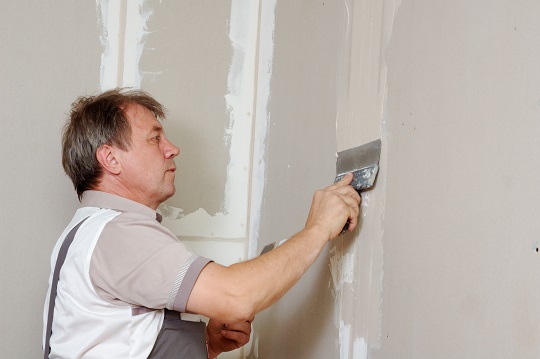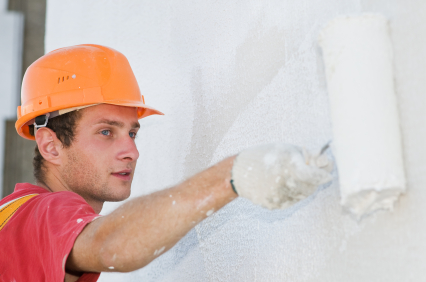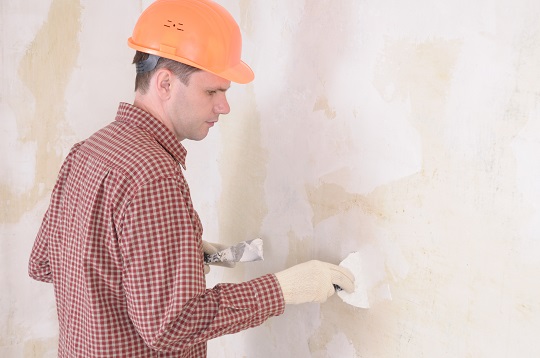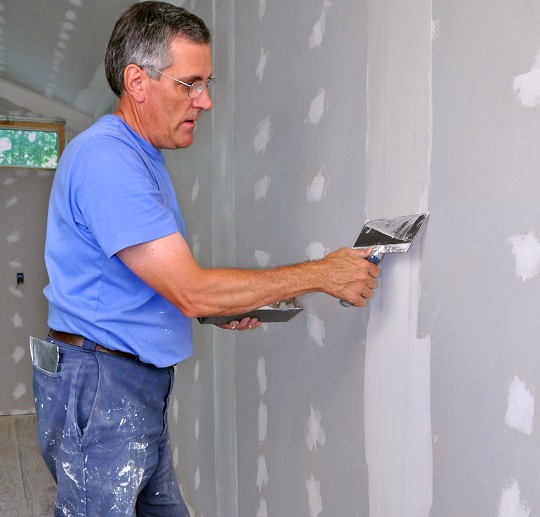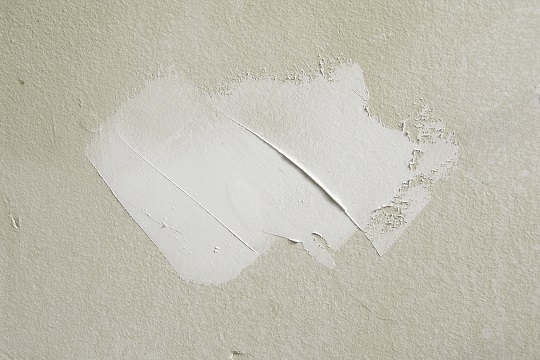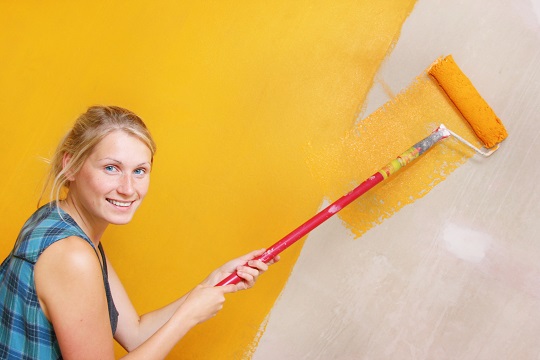Keeping a paint roller from drying out is an important concern for a painter. You can always wash your roller when you stop painting and then again, when you start it all over, but this means using a lot of water and it is not an economical solution. Let’s see how you can maintain your paint rollers ready to be used without consuming so much water.
How Can You Keep Paint Rollers from Drying Out?
The best solution is to freeze your paint roller.
You will need:
– a plastic, resealable bag
– a refrigerator
What you should do is wrap your paint roller carefully in a wet towel, and then put it cautiously in a simple plastic or resealable bag. Then put this bag in the refrigerator. It may seem strange, but it’s effective. Your paint roller will be fresh and ready to be used next time you start painting.
What Other Solution Is There?
You will need:
– smaller paint rollers
– a bucket
If you don’t like the idea of refrigerating your paint rollers, or if you don’t have enough space in your fridge, here is what you can also do in order to keep your paint rollers fresh: if your roller is not large, you can simply leave it submerged in the bucket you used. Cover the bucket until the next working session.
This is, evidently, a more practical and easier method, but it has the major inconvenient of not working for all types of paint rollers. Only smaller a paint roller can become completely submerged in a bucket and stay this way overnight or for several hours.
Need Help?
If you need assistance with painting in your house or other home improvement project, TalkLocal can put you into contact with the professionals you need. Give us a call and we will find the right painter for you.

